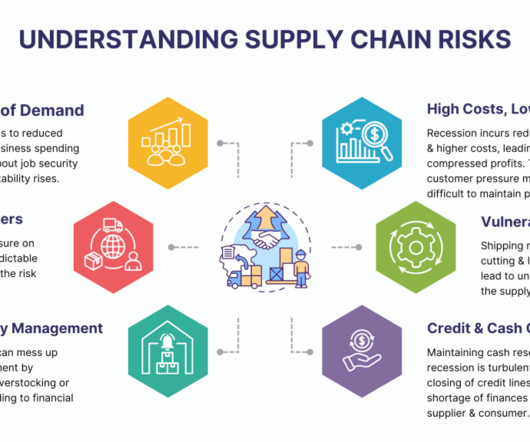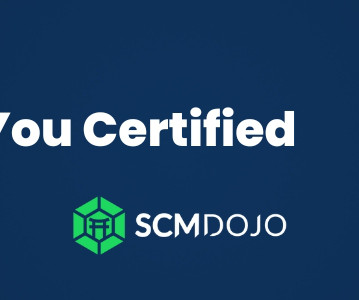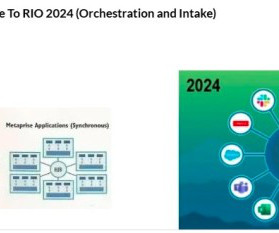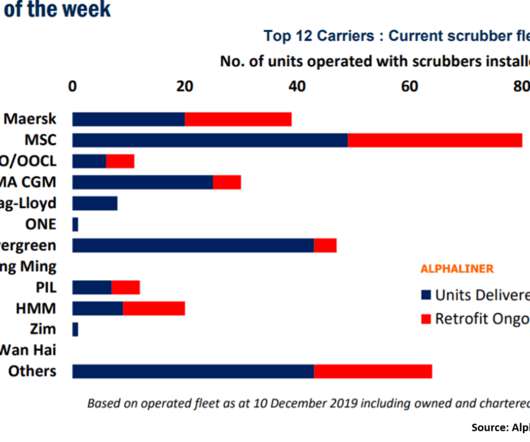Is Your Supply Chain Recession Proof? A Guide for Building a Resilient Supply Chain
SCMDOJO
APRIL 11, 2025
Supply chains are particularly vulnerable during recessions. Consequently, it is imperative to develop a recession-proof supply chain to make them more resilient and adaptable. A resilient supply chain is one that can absorb shocks and continue functioning with minimal disruption.















Let's personalize your content